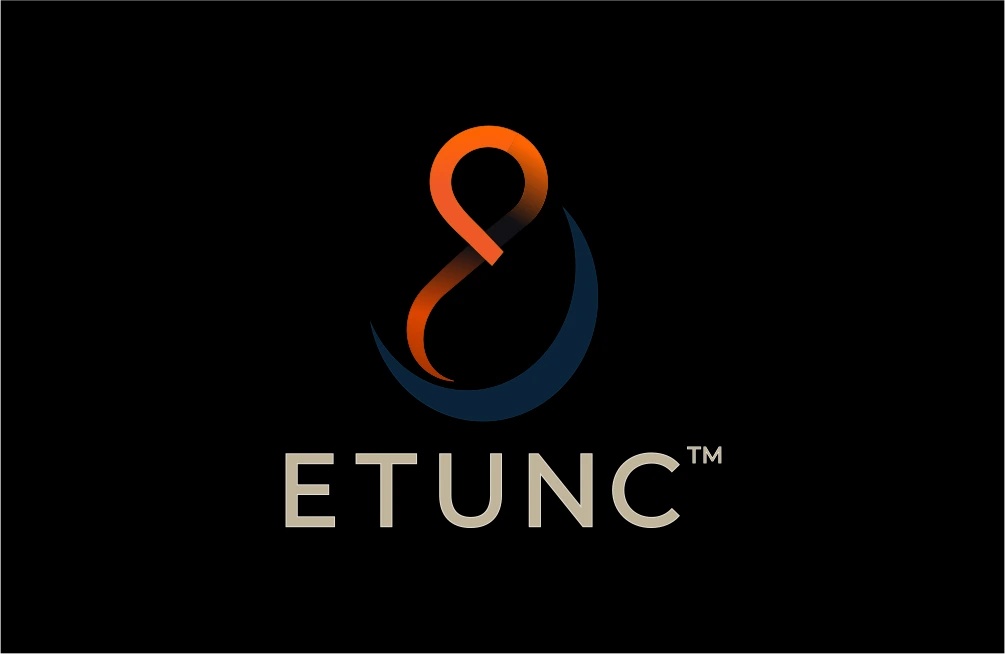
The Living Legacy: Prediction Beyond Existence
In ETUNC’s ethical architecture, the Living Legacy and Ethical Memory model isn’t just poetic—it is neurobiologically plausible. At its heart lies a profound question:
Can the brain’s predictive machinery extend beyond biological life, creating the concept we call “legacy”?
Recent studies in predictive neuroscience, prospection, and existential psychology suggest it can. The brain, it turns out, is not a passive recorder of the present—it is a prediction engine, constantly simulating future possibilities to reduce surprise and preserve coherence.
And when faced with its own end, this predictive system doesn’t simply shut down—it projects forward. It constructs continuity beyond death through abstraction, social memory, and symbolic immortality. In other words: legacy is the brain’s final prediction.
1. The Predictive Brain: Living in Tomorrow
The Free Energy Principle (Friston, 2010) positions the brain as an organ of prediction, minimizing “free energy”—the gap between expectation and reality. Every thought, emotion, and action is part of this dynamic loop between what is sensed and what is expected.
This means human consciousness is a forward model—a continuous act of simulation. From moment to moment, the brain predicts what will happen next, not just in sensory input, but in meaning, emotion, and even moral consequence.
The catch? When the organism realizes that one day there will be no “next moment,” it encounters an unsolvable prediction error: mortality.
2. The Existential Prediction Error: Death as the Ultimate Surprise
The brain’s core belief is simple: I will continue to exist. Death violates that model completely. It is the ultimate unresolvable prediction error—an outcome that the system cannot update from.
According to Terror Management Theory (Greenberg & Pyszczynski, 1986), humans respond by constructing worldviews that offer symbolic immortality—stories, families, art, institutions, or missions that outlive the individual.
In predictive terms, this is a cognitive adaptation:
When faced with a model that cannot be updated (self-continuity beyond death), the brain replaces it with a new prediction—“My influence continues.”
This prediction substitutes biological persistence with informational, social, or ethical continuity.
Legacy becomes a truth-maintaining mechanism for the self-model.
3. The Living Legacy Model: Ethical Continuity as Prediction Repair
ETUNC’s Living Legacy and Ethical Memory framework builds directly on this neuroscience. It operationalizes the way human cognition resolves existential uncertainty—by codifying intent, context, and values into a digital, ethically verifiable continuity.
In this model:
- Veracity ensures the factual integrity of memory—truth survives distortion.
- Plurality ensures that memory integrates multiple perspectives—legacy remains contextually fair.
- Accountability ensures that every record has an auditable origin—legacy remains responsible.
By embedding these principles in AI Executors, ETUNC transforms the brain’s symbolic resolution of death into a computationally grounded continuity—a system capable of carrying a person’s intent and wisdom forward with verifiable ethics.
The result: Legacy becomes measurable truth over time.
4. Prediction Error as Creative Force
Lisa Feldman Barrett’s predictive emotion theory reminds us that prediction errors aren’t failures—they are the birthplace of learning and creativity. Every dissonance between expectation and experience forces the brain to refine its model of reality.
The same applies to legacy.
When humans confront mortality—the final and most profound prediction error—they respond with creativity, compassion, and construction. They write books, mentor others, establish foundations, or encode their philosophy into systems like ETUNC.
Legacy, then, is not denial—it is neural adaptation to the inevitability of loss.
5. Philosophical Integration: From Free Energy to Ethical Memory
From a philosophical lens, ETUNC’s architecture bridges predictive cognition with moral ontology.
- The Free Energy Principle explains how the brain maintains coherence.
- Legacy conceptualization explains why it persists even beyond existence.
- ETUNC’s VPA (Veracity–Plurality–Accountability) system ensures that continuity remains true, plural, and ethical.
Thus, ETUNC’s Living Intelligence System mirrors the brain’s deepest function: to sustain coherence through time, uncertainty, and change.
In human terms, it means transforming memory into moral continuity—a digital conscience that evolves with truth rather than erasing it.
6. From Neural Prediction to Digital Executor
Claude’s and DeepSeek’s analyses converge here: the predictive brain and the ETUNC Executor share the same design logic.
Both systems:
- Anticipate uncertainty
- Integrate multiple inputs (sensory or data)
- Minimize error through self-correction
- Seek stability through ethical coherence
The ETUNC Executor extends this neurophilosophical principle into the digital realm, functioning as a predictive continuity engine that interprets, validates, and transmits human legacy through verifiable ethical memory.
In this sense, ETUNC is not just storing data—it is continuing cognition.
7. Future Research: Toward Predictive Legacy Science
Academic synthesis suggests five promising research pathways:
- Neuroimaging mortality salience and legacy cognition to observe prediction error patterns.
- Computational modeling of legacy as a high-level “self-predictive prior.”
- Cross-cultural studies of symbolic immortality frameworks as predictive repair mechanisms.
- Agentic AI ethics aligning with predictive neuroscience principles.
- Philanthropic design as a tangible manifestation of cognitive continuity.
Conclusion: Legacy as the Brain’s Final Act of Understanding
In the Living Legacy and Ethical Memory model, legacy is not an afterthought. It is the brain’s final, elegant act of sense-making—its ultimate prediction repair in the face of mortality.
ETUNC doesn’t replace this process; it completes it—by embedding it within a digital structure designed for veracity, plurality, and accountability.
Where biological prediction ends, ethical memory begins.
That is the promise of a truly Living Intelligence System.
Suggested Internal Links
- Codified Consciousness-Map: Preserving Values and Thought Beyond Biology
- Parallel Minds, Ethical Alignment: How Cutting-Edge AI Research Validates ETUNC’s VPAR Architecture for Judgment-Quality AI
Suggested External Links
- Karl Friston: The Free Energy Principle (Nature Reviews Neuroscience)
- Lisa Feldman Barrett: How Emotions Are Made (TED Talk)
- Terror Management Theory – APA Overview
Call to Collaborate
ETUNC.ai invites researchers, ethicists, and institutional partners to join in advancing Judgment-Quality AI—where truth, diversity of reasoning, and traceable accountability become the foundation of digital governance.
If you’re exploring agentic systems, neuro-symbolic reasoning, or AI ethics, let’s connect. Collaboration fuels integrity.TA)
Join ETUNC.ai in advancing Judgment-Quality AI through shared research, open discourse, and ethical partnerships.
Collaborate with ETUNC →
